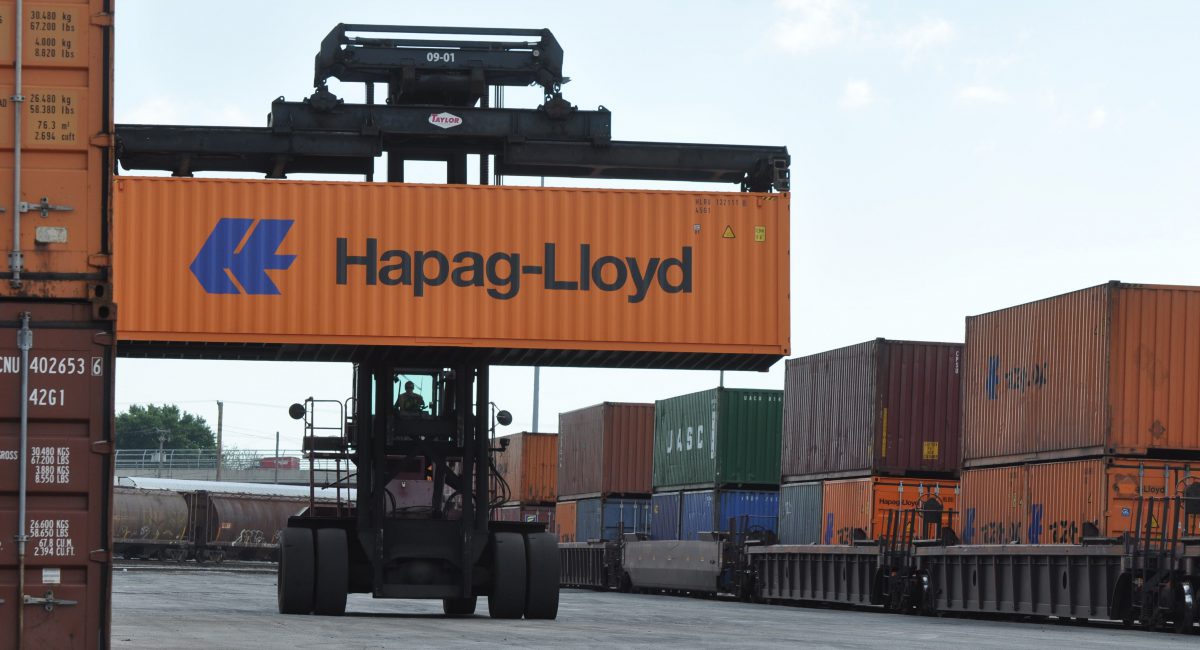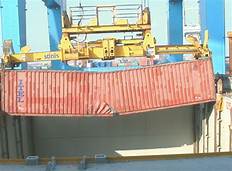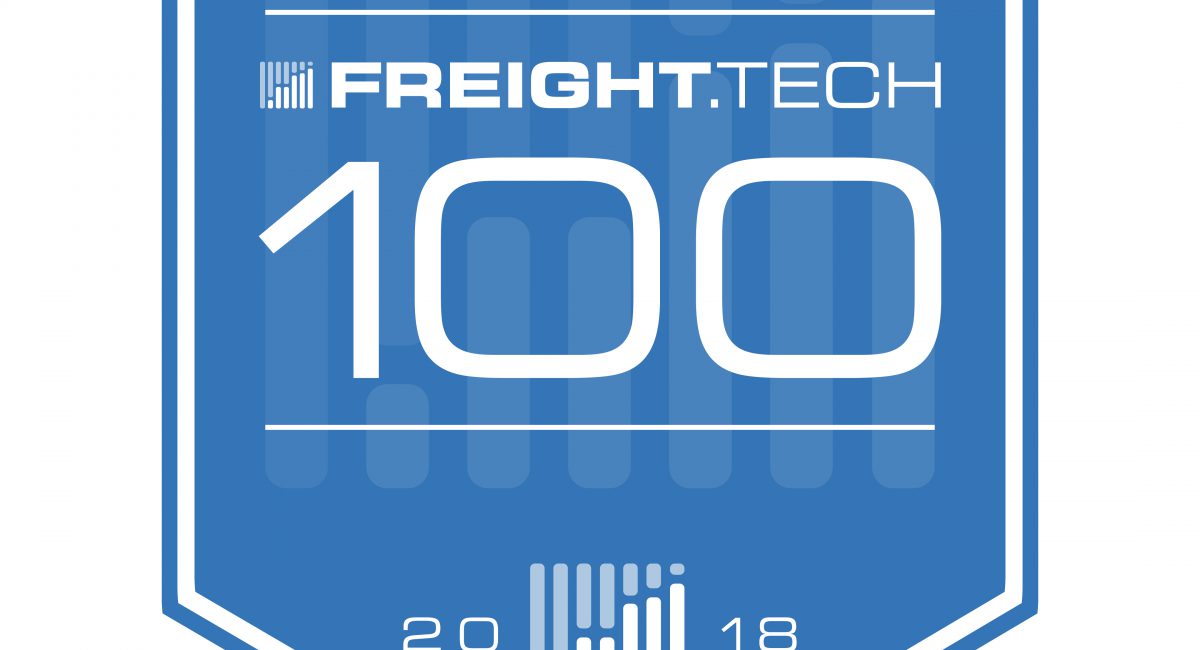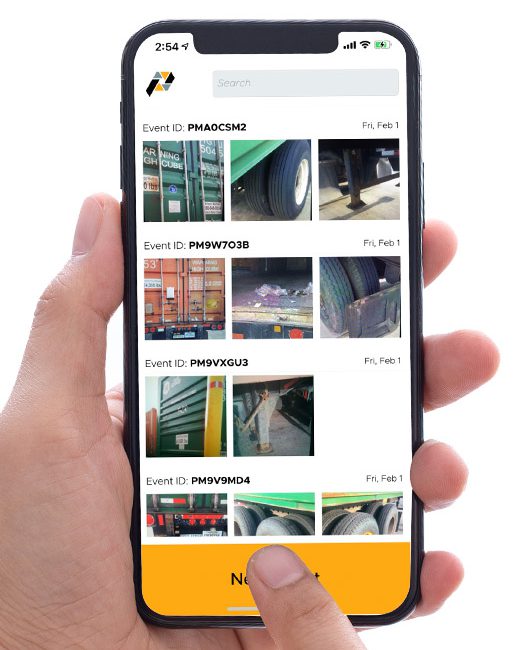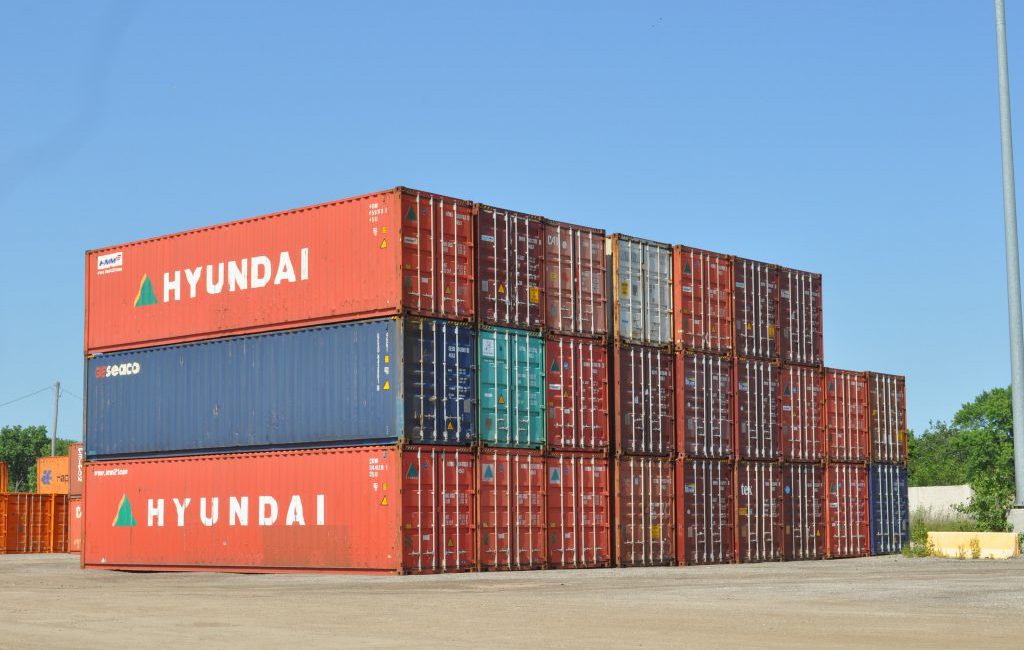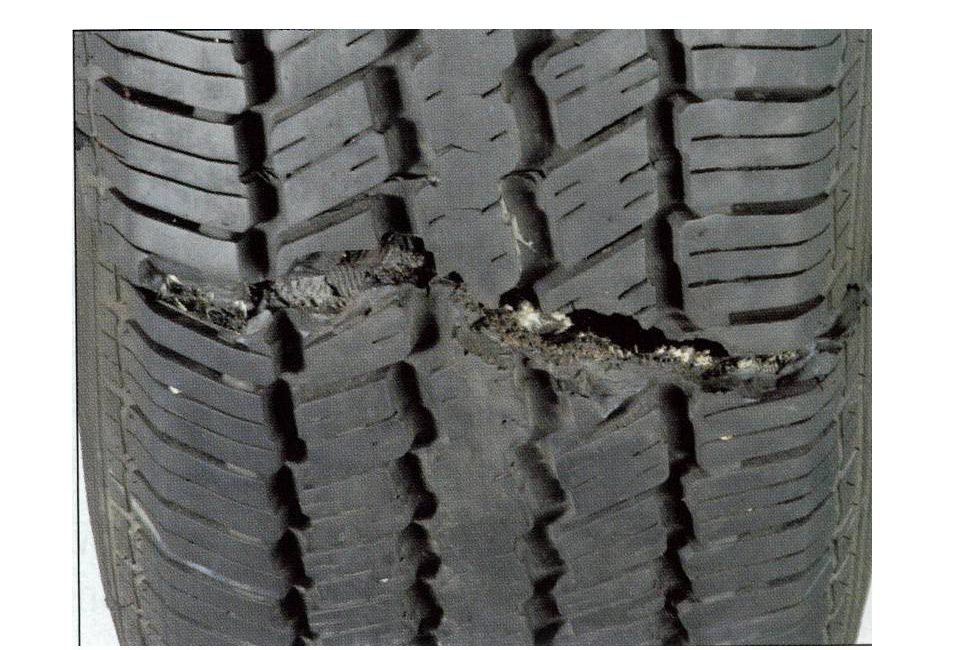 “Container Interchange” is a transportation industry term for when a container, trailer or piece of equipment is passed between two parties. That’s an “interchange.”
“Container Interchange” is a transportation industry term for when a container, trailer or piece of equipment is passed between two parties. That’s an “interchange.”
An “interchange” also passes the legal liability for the container, equipment, and contents. All parties involved in passing containers and equipment down the supply chain need to understand their legal liability while it is in their possession. If damage occurs to the container such as a dent, scrape or puncture while in your possession, you must pay the container owner for it. If cargo is damaged, you must pay the cargo owner for it.
For example, if a container of big screen TVs gets damaged, the party in possession of the container at the time of the damage ends up paying for it. Sometimes the costs can be higher than the job paid. The owner of the damaged cargo, container or equipment, will submit a damage claim invoice for the damage. In some cases, the damage fees may be withheld from the payment for the shipment.
To protect themselves, all parties in the supply chain should use Photector to take photos with time, date and location stamps to document condition.
Here’s a video that shows how it works.
Simply use Photector to take photos of the container, equipment, cargo and especially the seal number at the time of the pick-up interchange and the drop-off interchange. When you drop-off a load, snap another photo of the unbroken seal with Photector. That proves that the container wasn’t opened and nothing was stolen on your watch.
If damage does happen while the container or equipment is with you, use Photector to thoroughly document the size and scope of the damage. You don’t want to end up paying for a whole container of TVs just because one of them was cracked. You don’t want to pay for a giant slash down the side of a container, when it was just a small scratch when you dropped it off.
The old-fashioned EIR forms leave too much room for interpretation which leads to unfair costs being charged to you. Regular cell phone photos are easy to fake, so those aren’t good enough to prove where and when the damage happened. Photector photos leave no room for interpretation because you can zoom in on the high-quality photos to see exactly the extent of the damage and condition.
The article “6 Taps to Avoid Damage Claim Fees” has step-by-step instructions on taking photos to protect yourself with PHOTECTOR.
Test drive Photector with a 14-day FREE Trial and schedule a 1-on-1 demonstration today!

